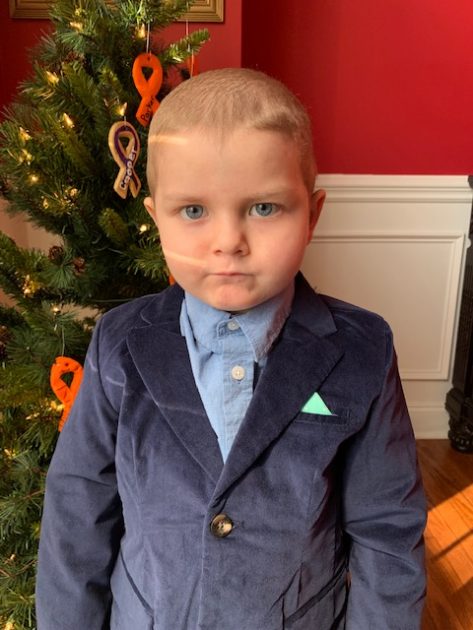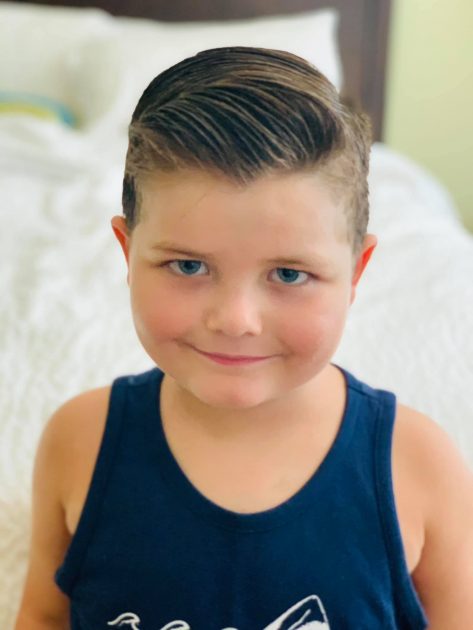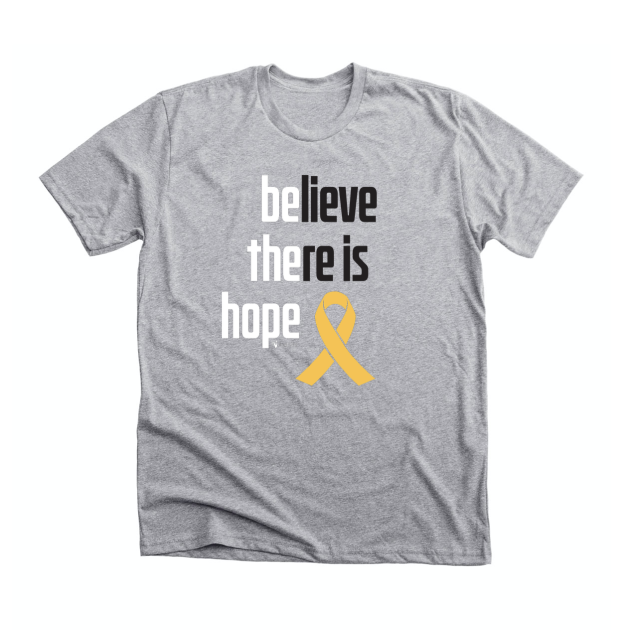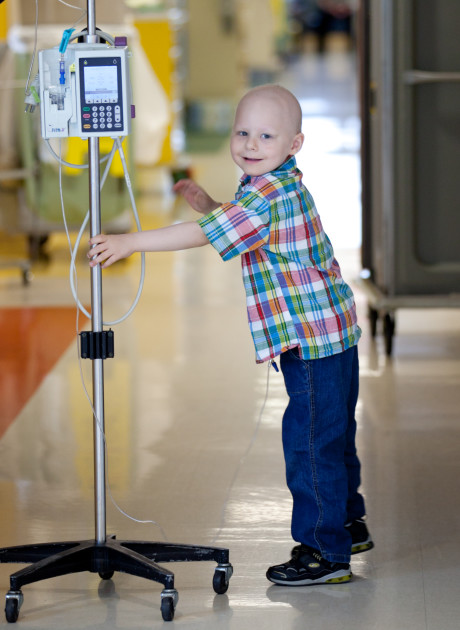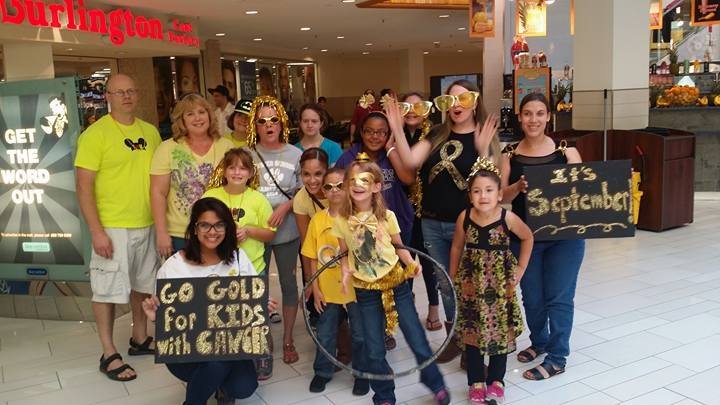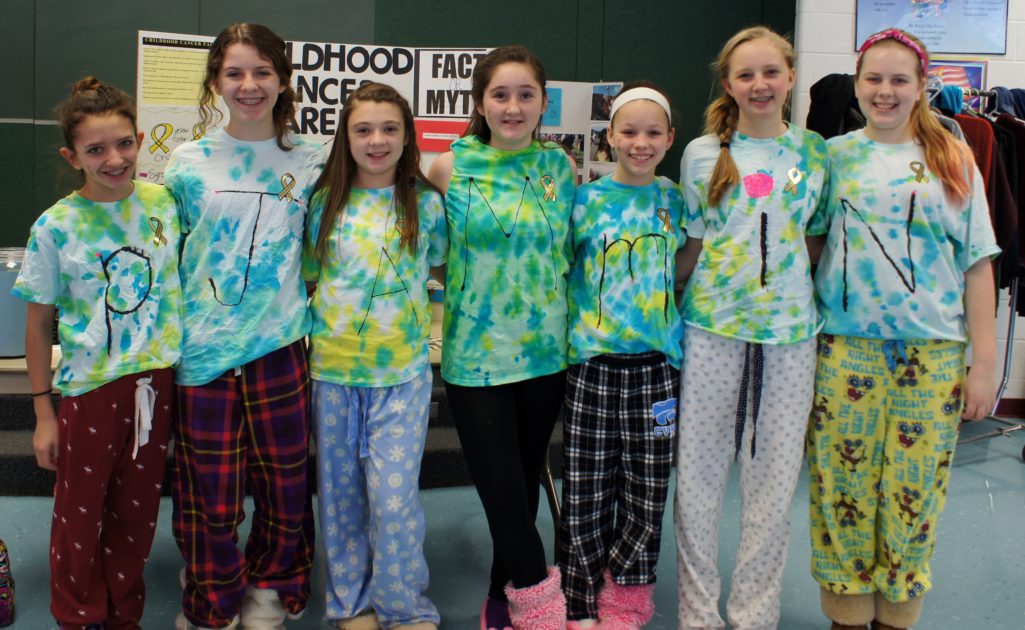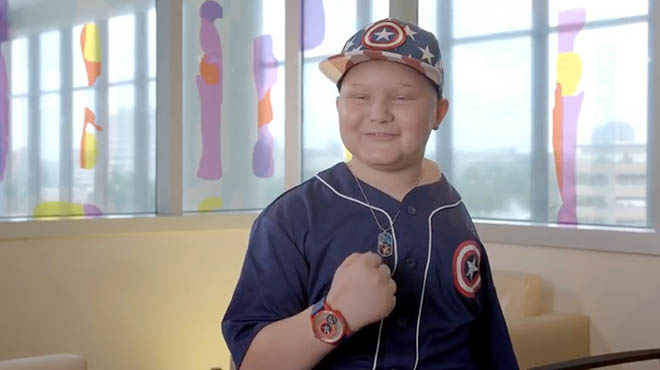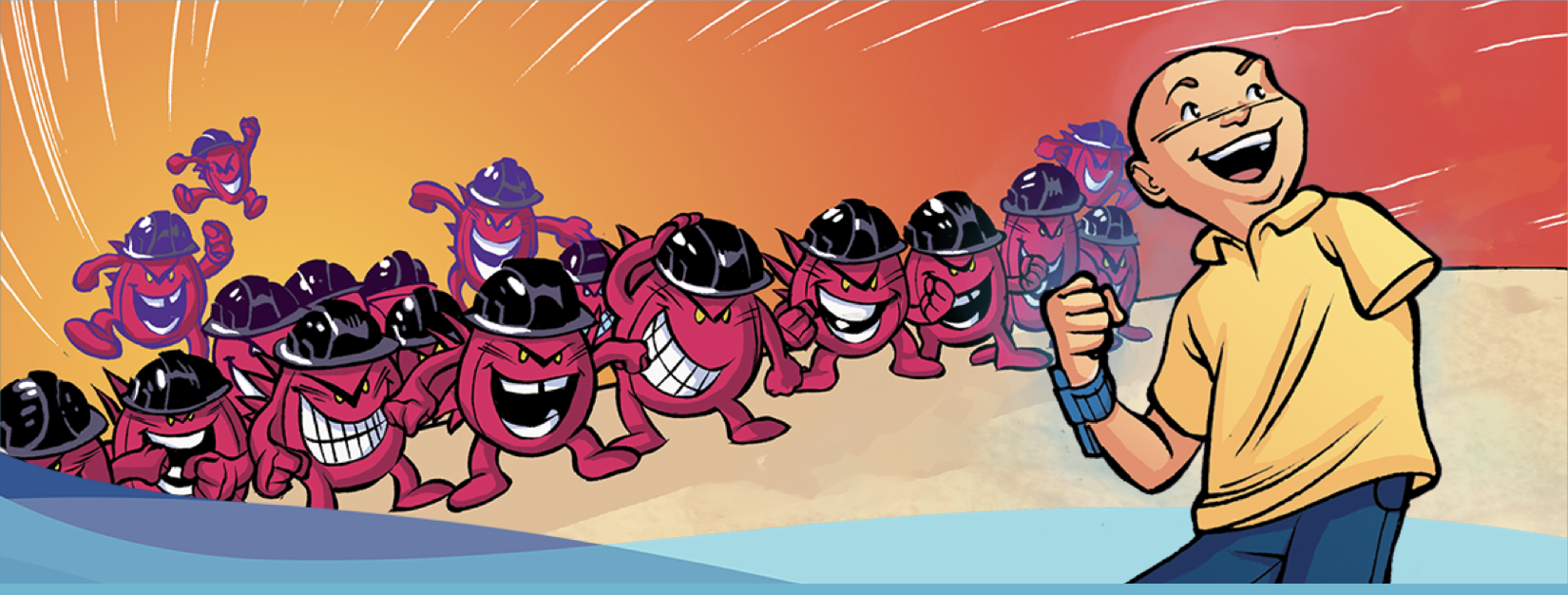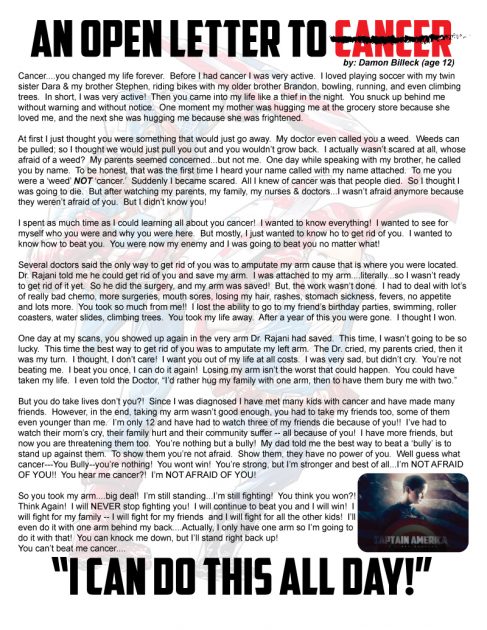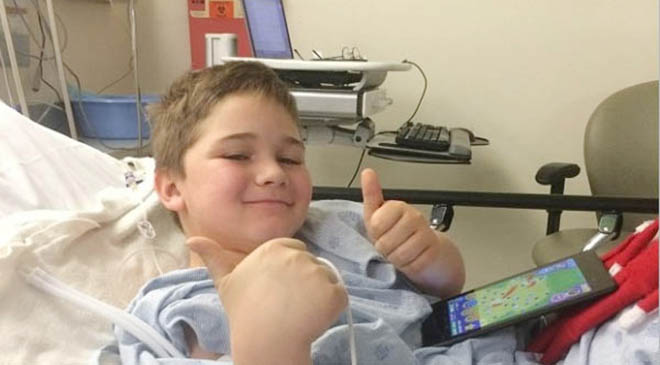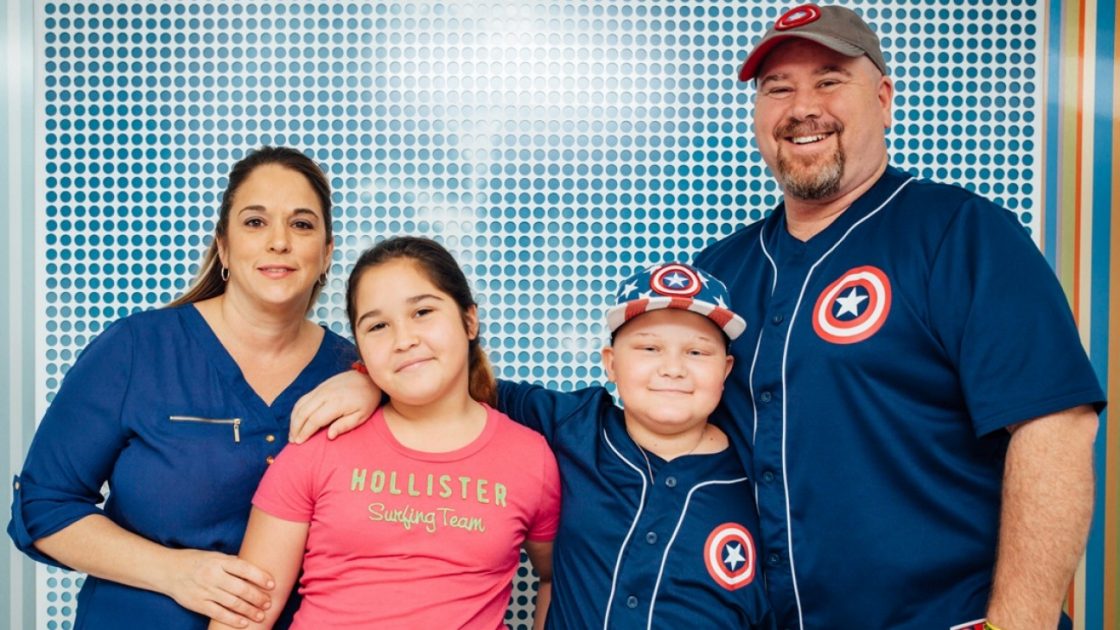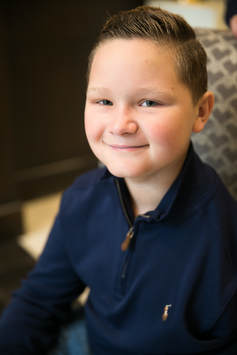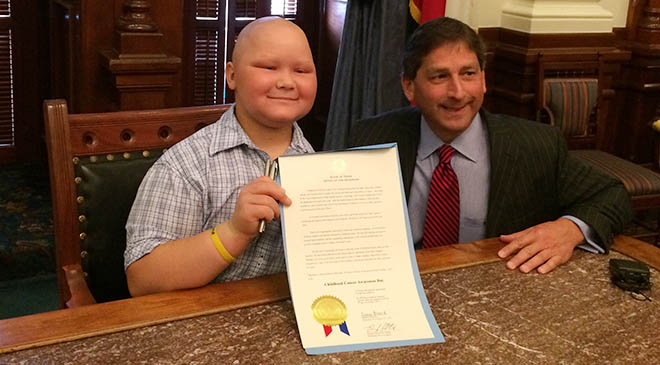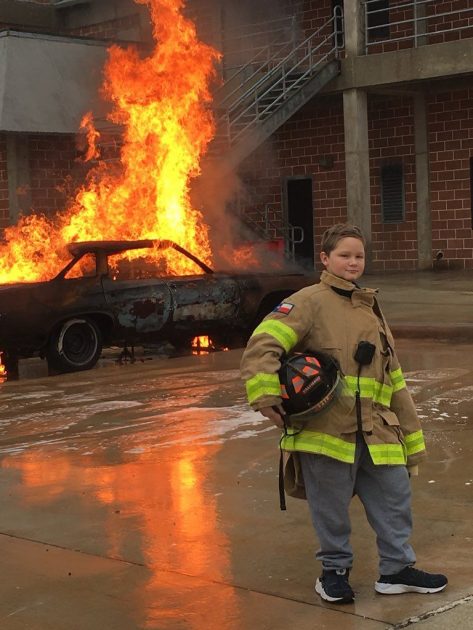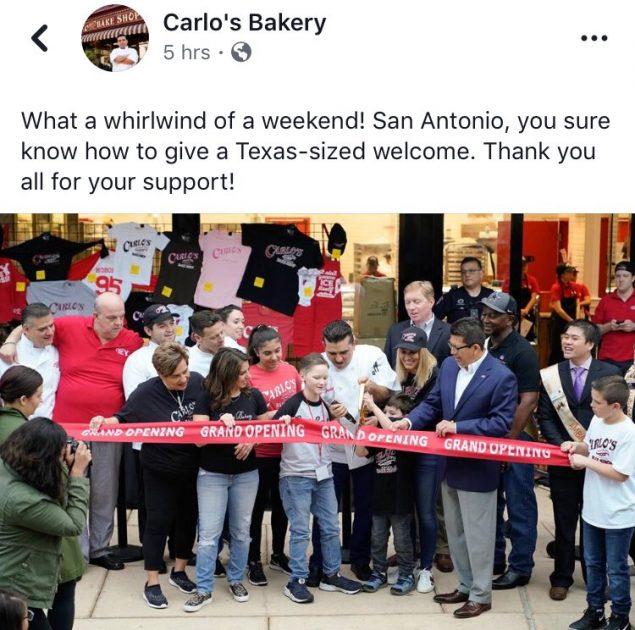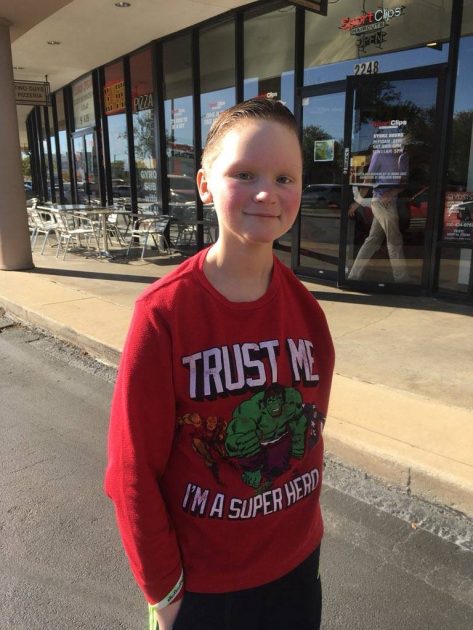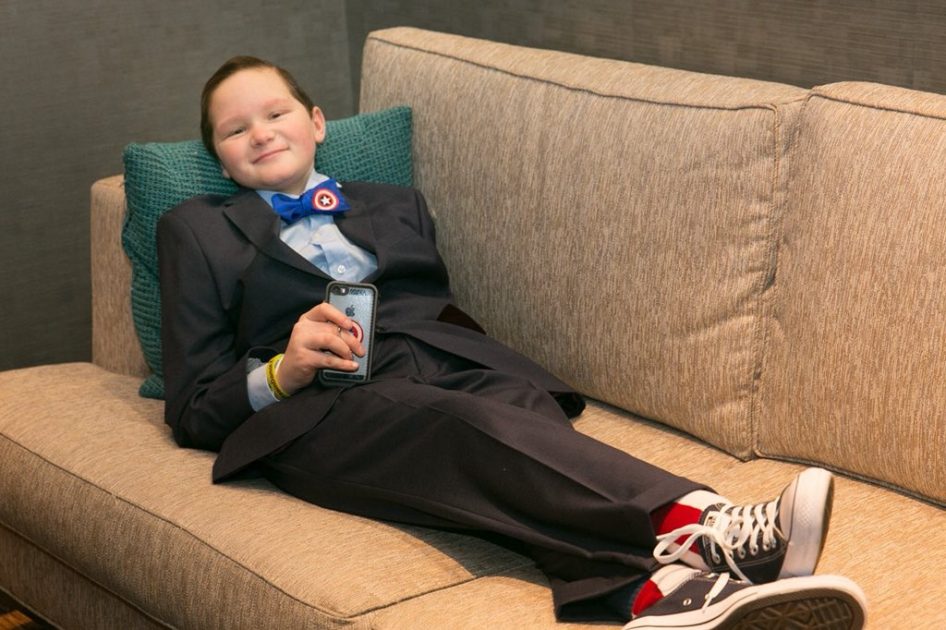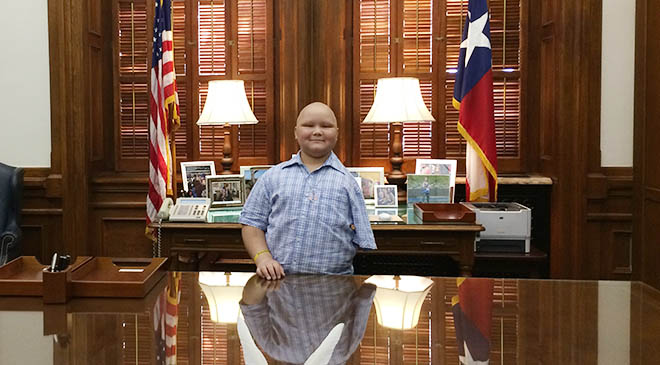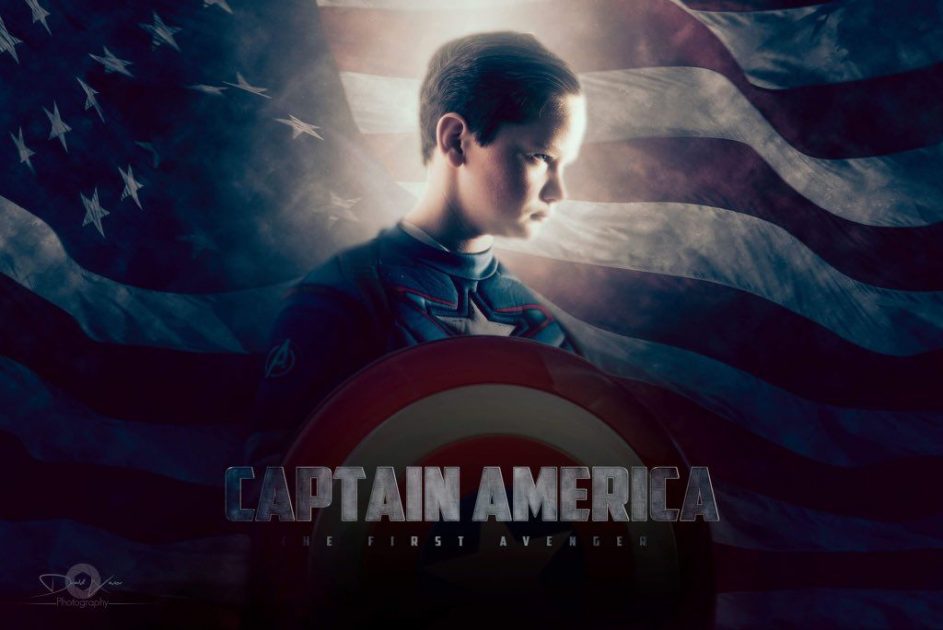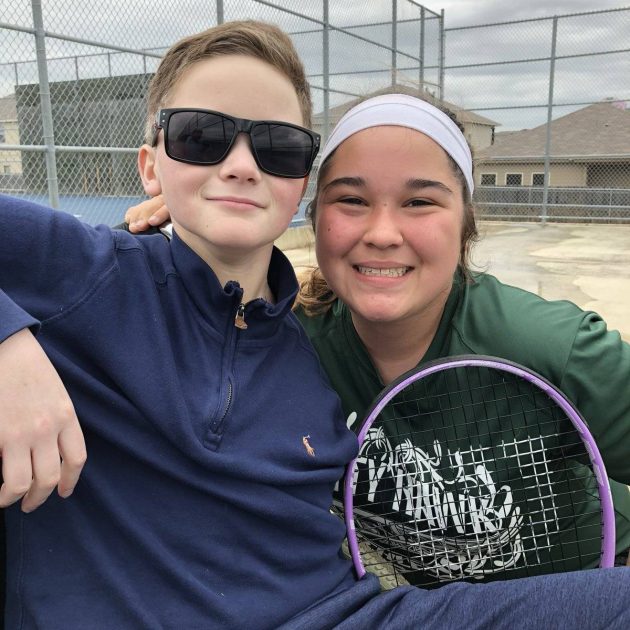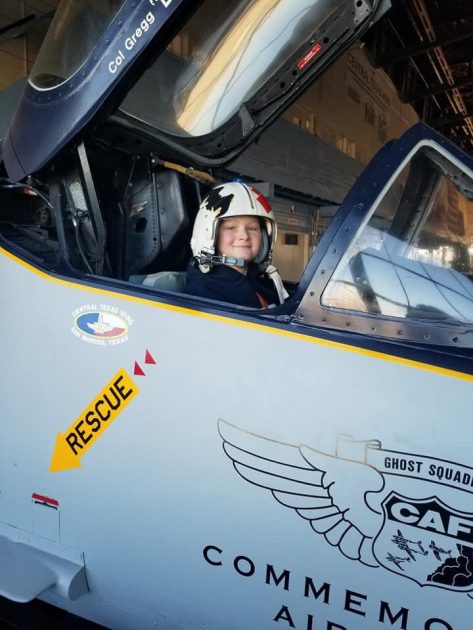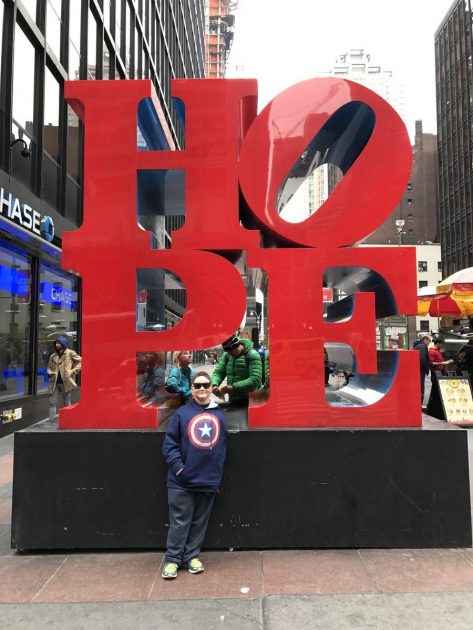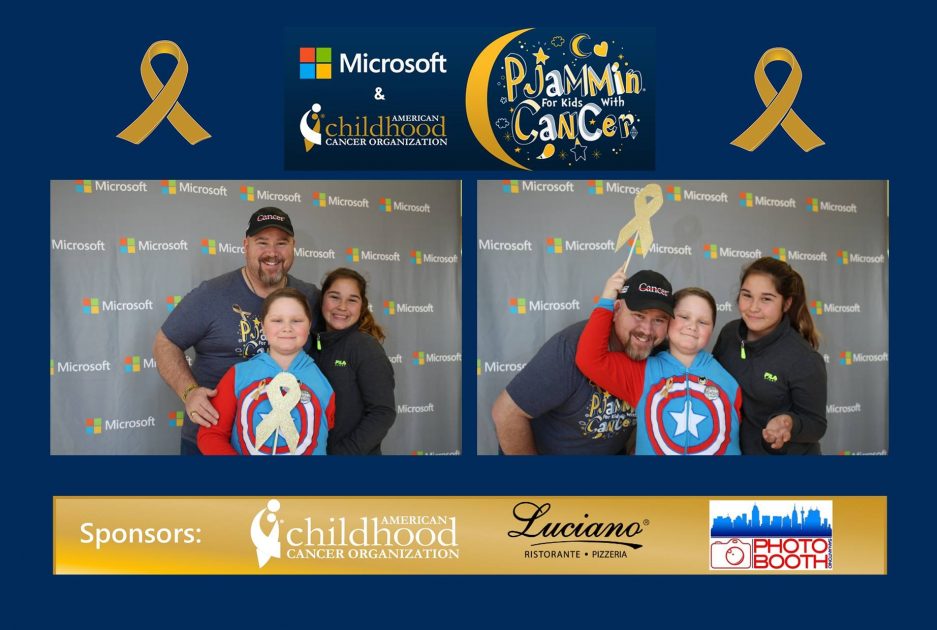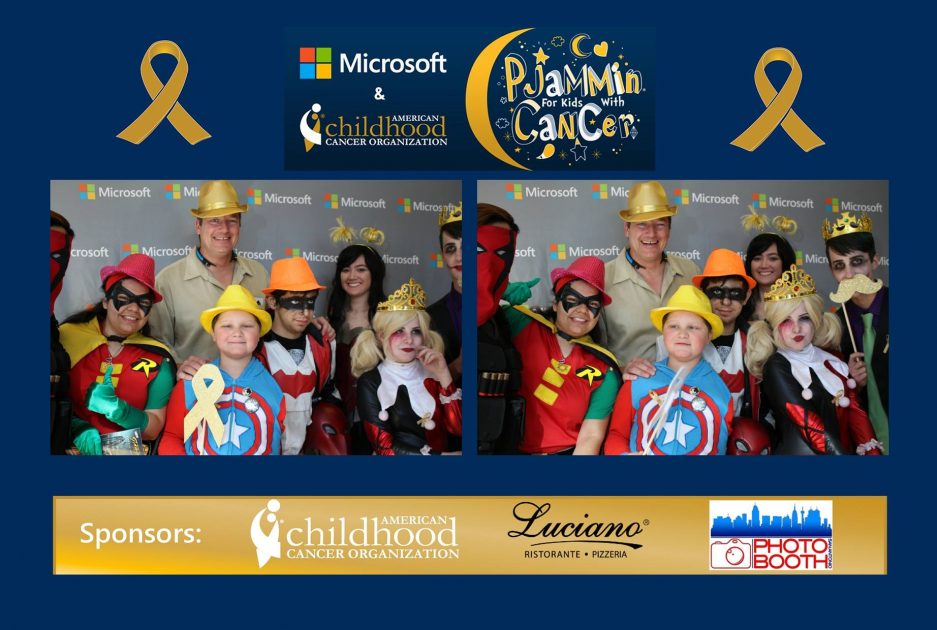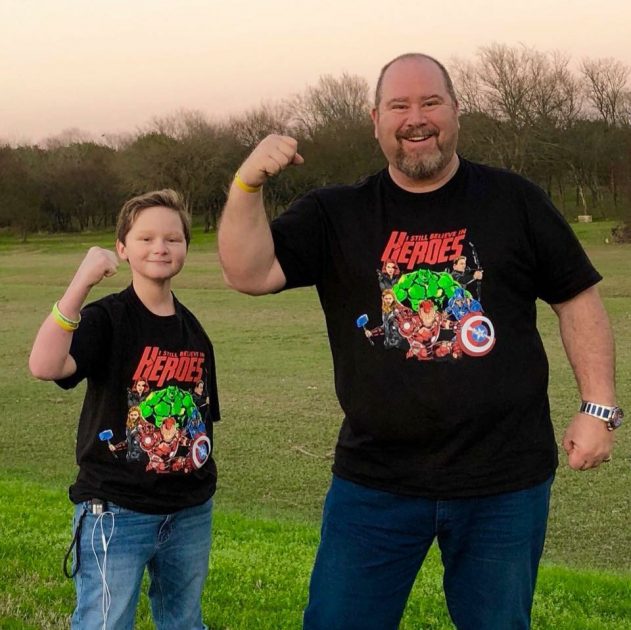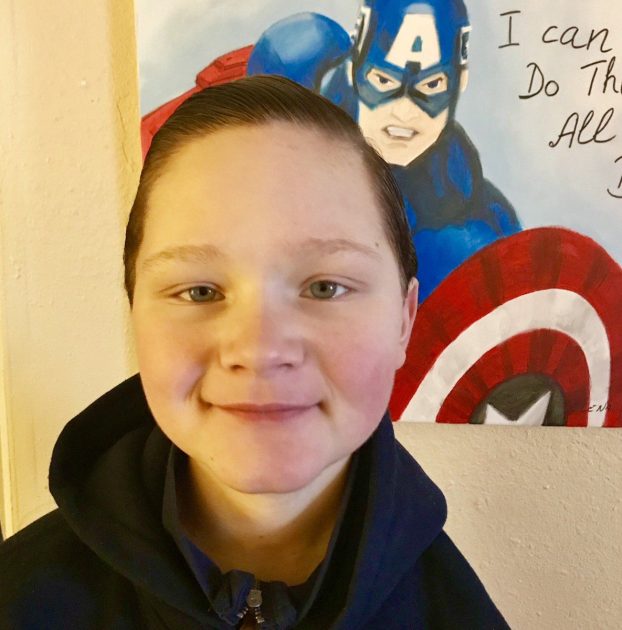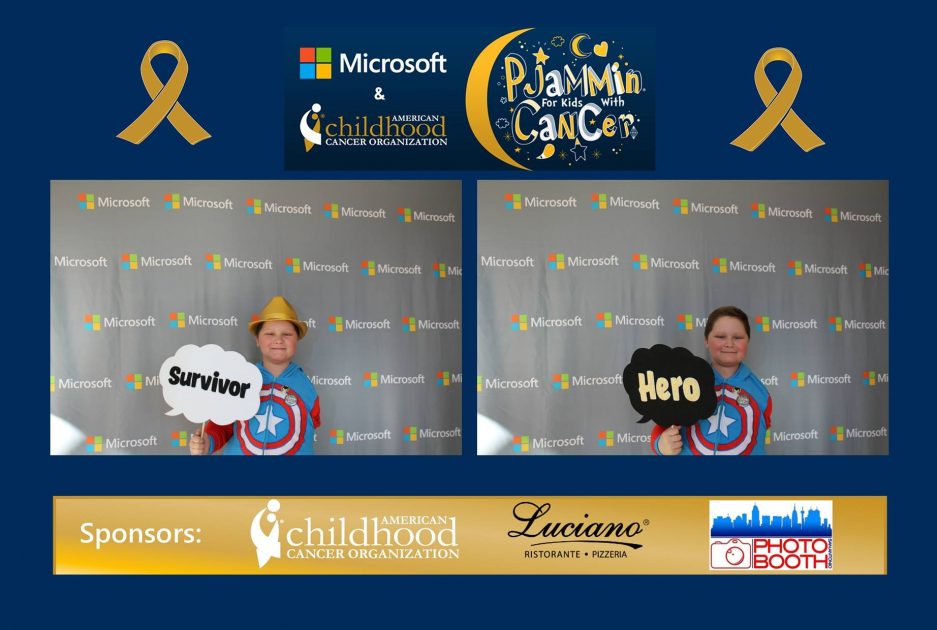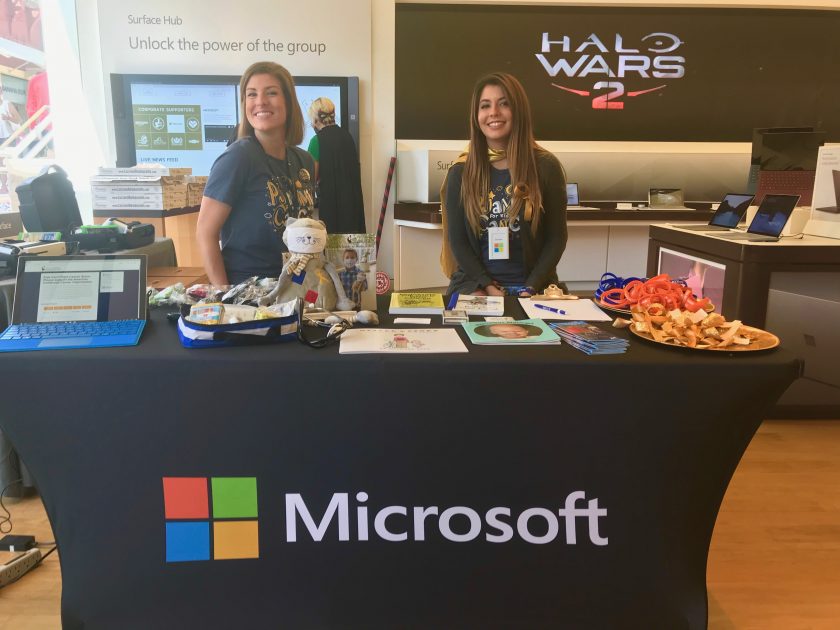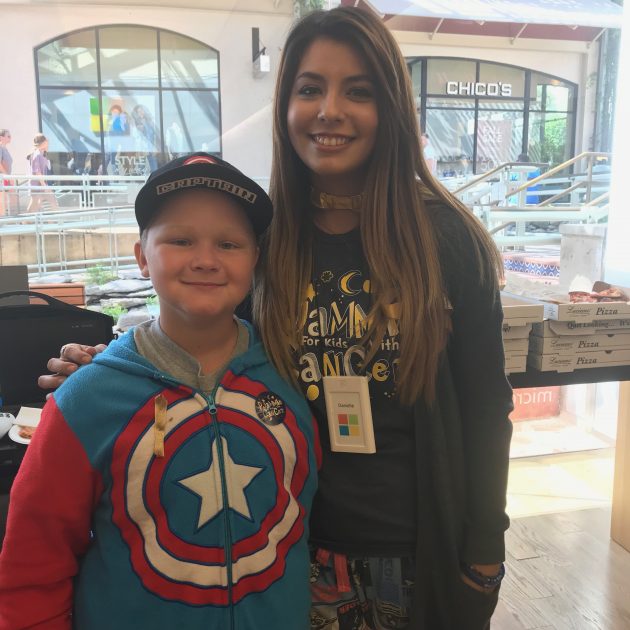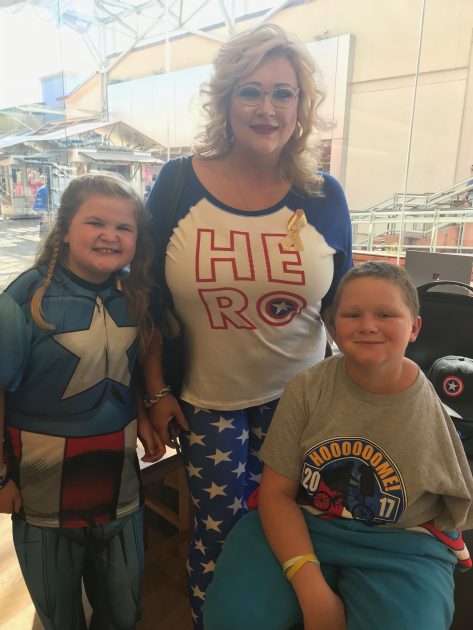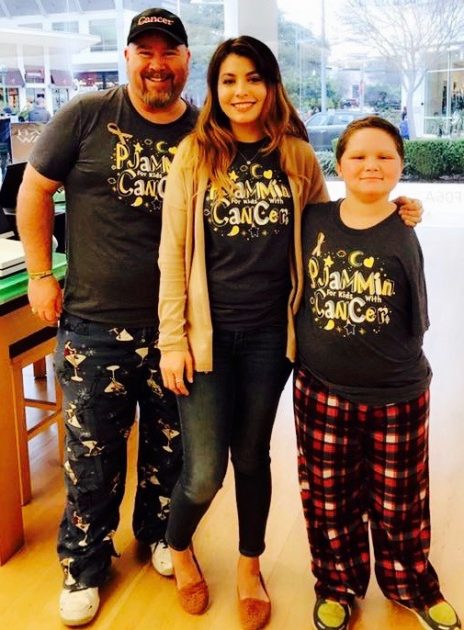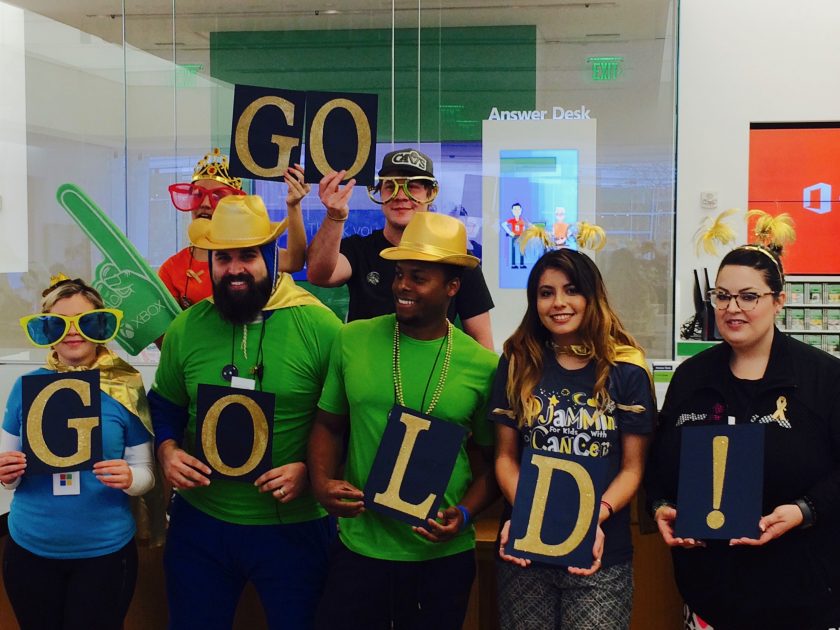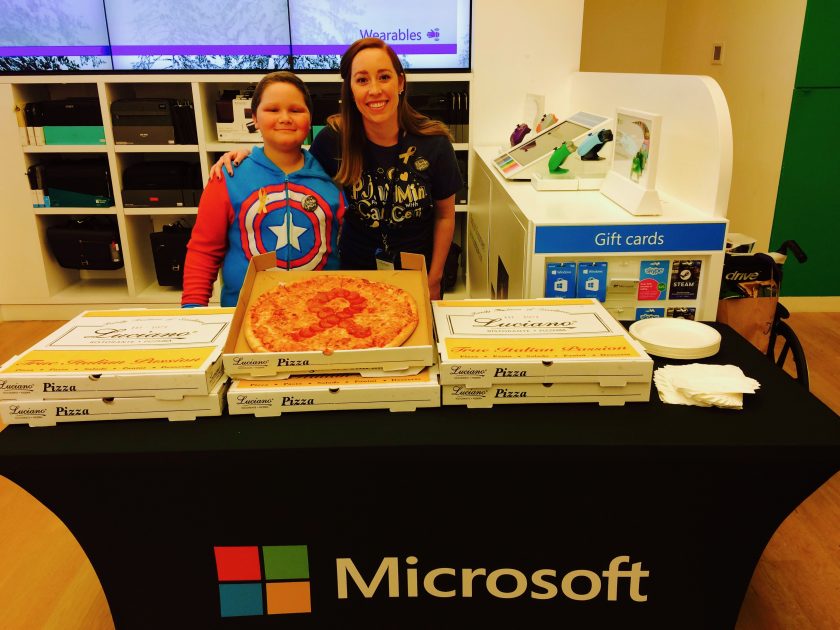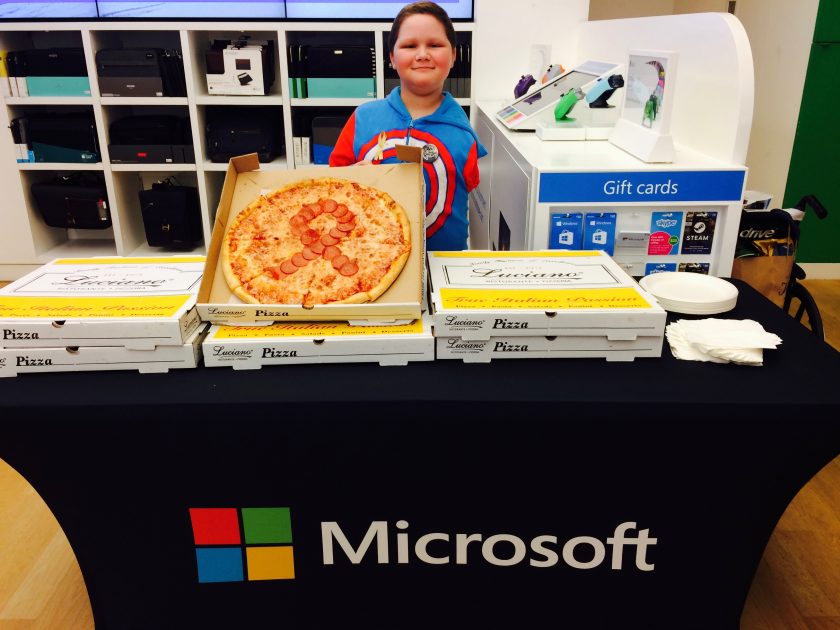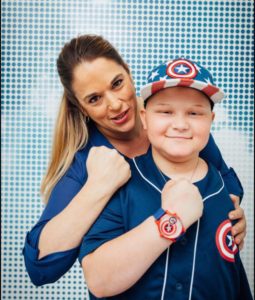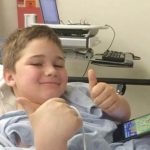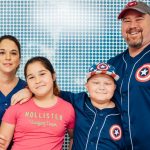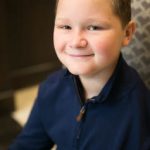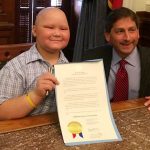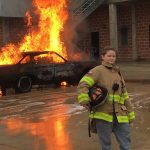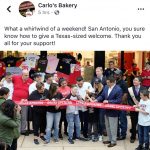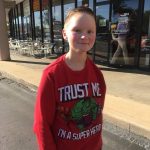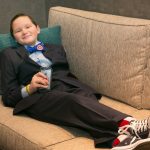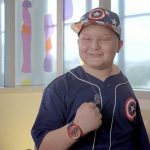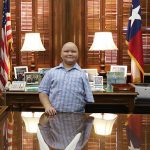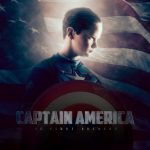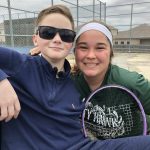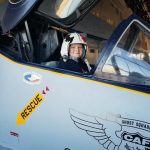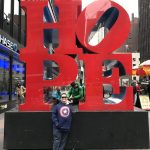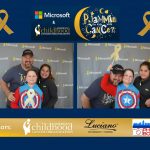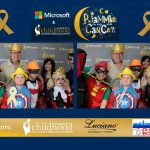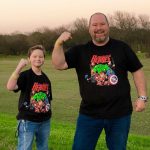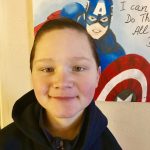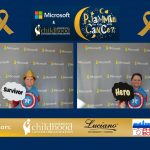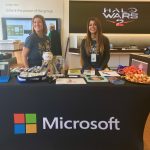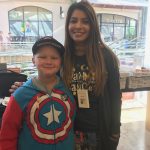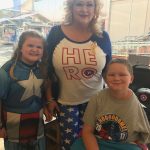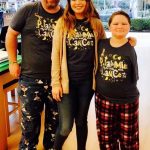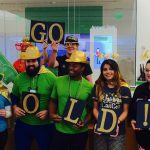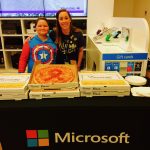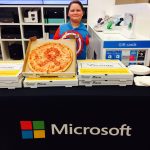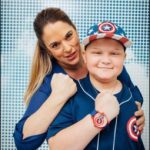Sterling Scales has been raising money for childhood cancer by organizing his very own virtual race since May! He has raised more than $2500 and is still going through the month of September! His son, Indy was diagnosed with Stage 3 Wilms tumor at 4 months old and is now in remission since 2019! Click the article below to learn more about Indy and the virtual race! GO GOLD® and join Sterling in racing for Indy!
Indy Races ends on September 30, 2020 and Sterling plans to run as part of our runDisney GO GOLD® group. You can join Sterling’s GO GOLD® cheer team in Walt Disney World this January. Learn more about runDisney here.
Excerpt taken from the article posted on CJ Online. ” Our son, Indy, was diagnosed with Stage 3 Wilms tumor at 4 months old. My wife, Myrna, and I noticed a lump when Indy was 3 months old. We took him to a pediatrician to be examined. They noticed something was unusual and immediately sent us to Stormont Vail emergency room. The ER was expecting us. They immediately admitted us and sent us upstairs to the PICU (pediatric intensive care unit). Indy had blood drawn and an ultrasound performed. Later that night we met the oncologist for the first time. We knew something was not right. She told us of a large mass on his left side, potentially a Wilms tumor. She scheduled us for surgery at KU Med (the University of Kansas Hospital) five days later. 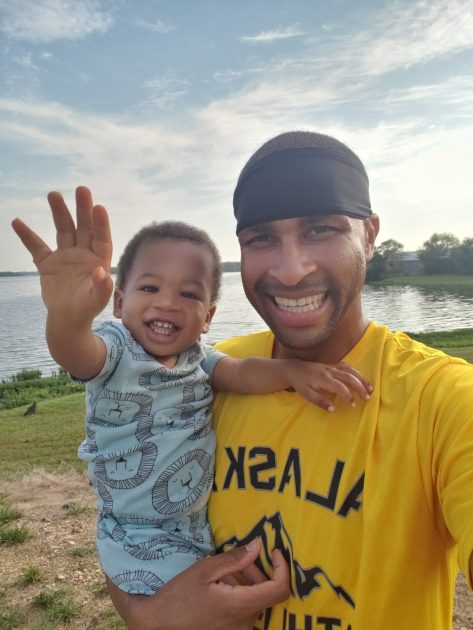
Indy’s surgery removed an eggplant sized tumor and his left kidney. The tumor was cancerous. Indy stayed in the PICU for one week before going home. One day after coming home, we saw the oncologist to get his chemo port. The same day, he received his first round of chemotherapy. Indy endured five days of radiation treatment and six months of chemotherapy. He has been in remission since February 2019. Every three months he gets an MRI or ultrasound to make sure he is still cancer free. He is developing on par with other 2-year-old kids.
The one side effect from chemotherapy that we have witnessed is neuropathy in his feet. He had to wear leg casts for four weeks to strengthen his feet. Now he wears AFO (Ankle-Foot Orthosis) boots to help. He walks and runs just fine, but his feet position is slightly turned inward.
We felt that we should do our part to raise money for childhood cancer research and for families affected by childhood cancer. This is why we created the Indy Races. I thought I would incorporate my love of running with a group event that many people could be a part of. Virtual races proved to be the avenue needed to reach more people. All of the monies raised go to support the American Childhood Cancer Organization (acco.org). People can get involved by visiting www.linktr.ee/IndyRaces.”
You can help raise awareness by hosting your own GO GOLD® event. Learn more by clicking here or emailing elawson@acco.org.



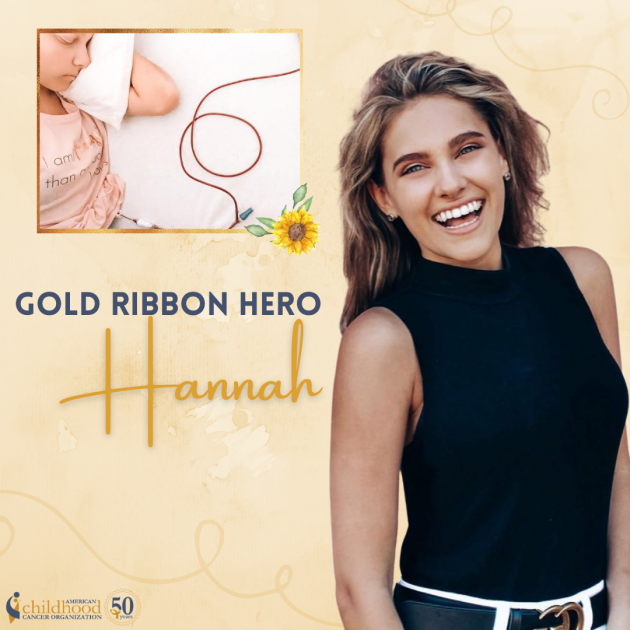
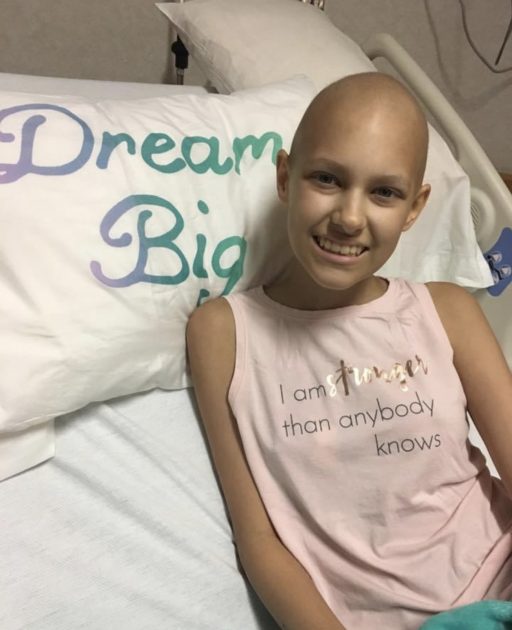
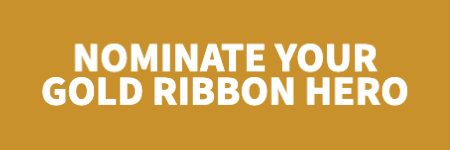

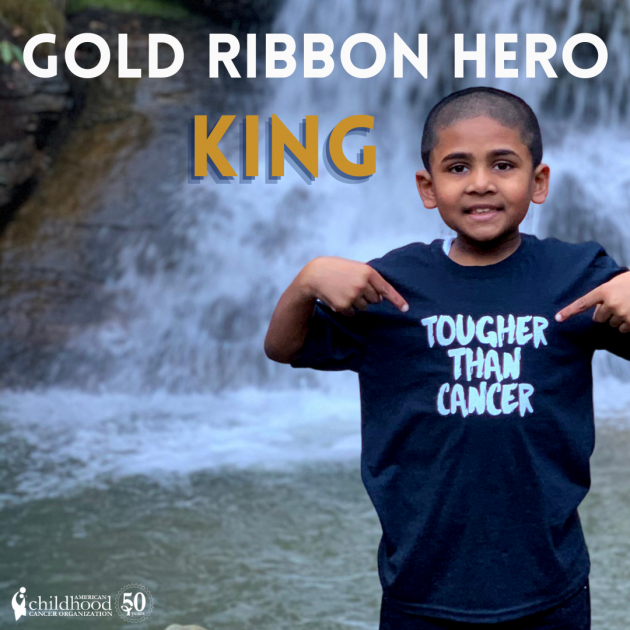
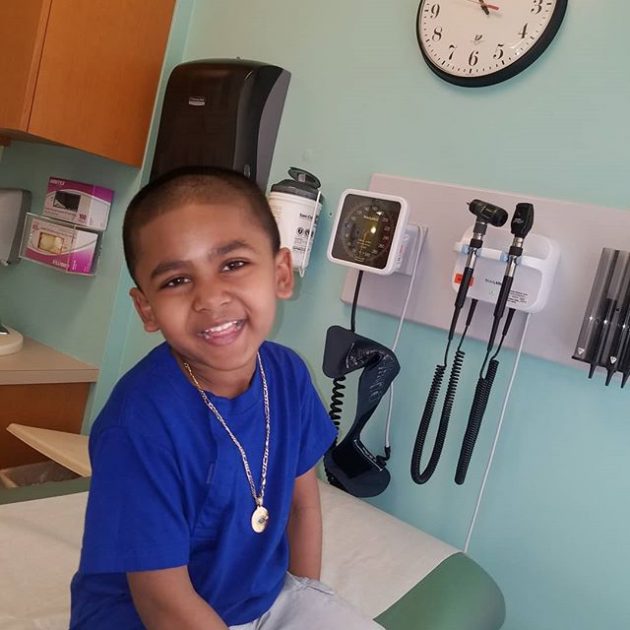 Treatment consisted of countless spinal taps, blood and platelet transfusions and he suffered from vincristine toxicity which left him unable to walk for months. At 3 years old, King had to relearn how to walk and talk. Other complications included PTSD, mouth sores and brain swelling with loss of white brain matter.
Treatment consisted of countless spinal taps, blood and platelet transfusions and he suffered from vincristine toxicity which left him unable to walk for months. At 3 years old, King had to relearn how to walk and talk. Other complications included PTSD, mouth sores and brain swelling with loss of white brain matter. 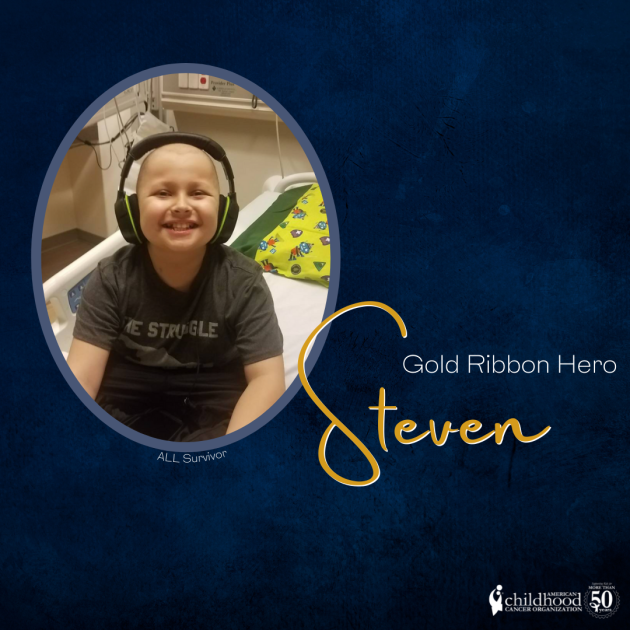
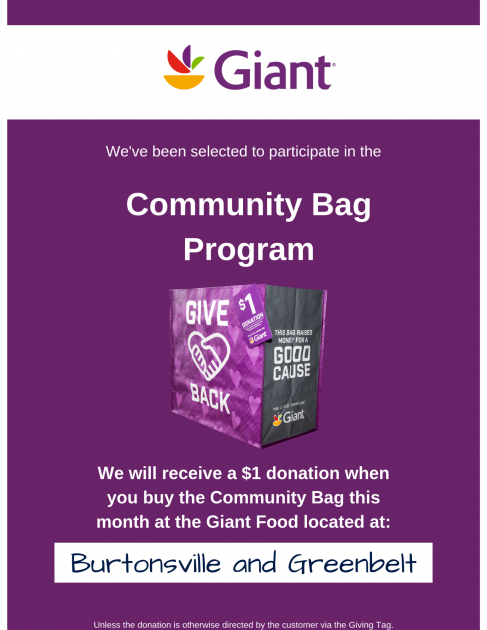
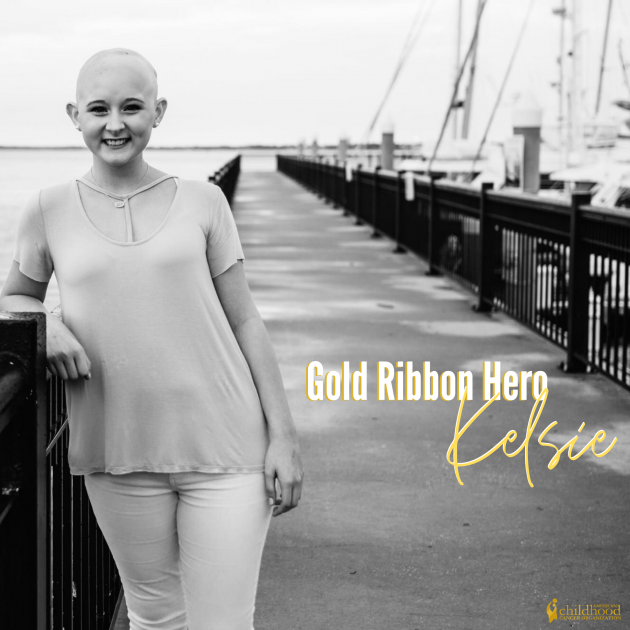
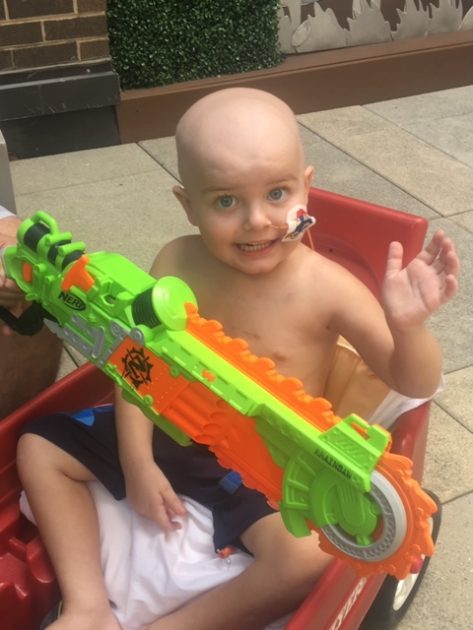
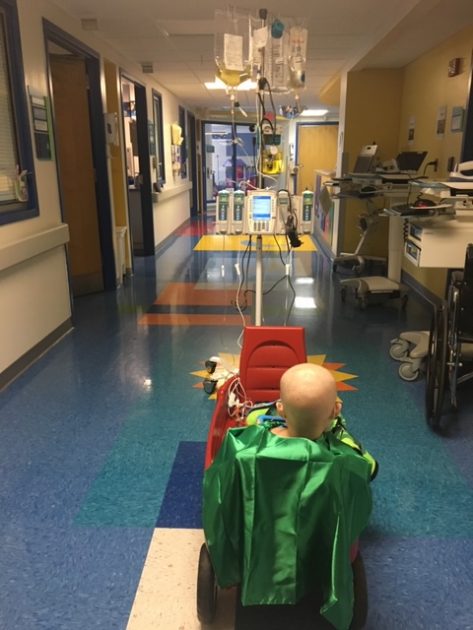 That night, in the ER, as we waited for our results, we heard the doctor outside the door take a deep breath and say “ok” as he opened our door. Before he could even speak, we asked him if Noah had leukemia, and he said everything was pointing in that direction. He said it could still be a virus, but that a hematologist would be down to see us. Twenty minutes later, Dr. Spiller came into our room. We asked her what kind of leukemia Noah had, and she said it appeared he had Acute Lymphoblastic Leukemia. Everything was confirmed the next day, July 25th, at 3:00 pm.
That night, in the ER, as we waited for our results, we heard the doctor outside the door take a deep breath and say “ok” as he opened our door. Before he could even speak, we asked him if Noah had leukemia, and he said everything was pointing in that direction. He said it could still be a virus, but that a hematologist would be down to see us. Twenty minutes later, Dr. Spiller came into our room. We asked her what kind of leukemia Noah had, and she said it appeared he had Acute Lymphoblastic Leukemia. Everything was confirmed the next day, July 25th, at 3:00 pm.